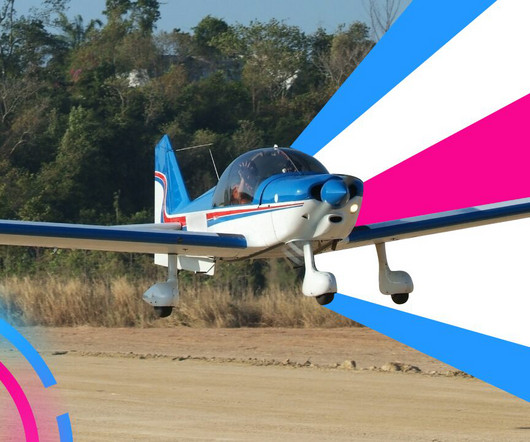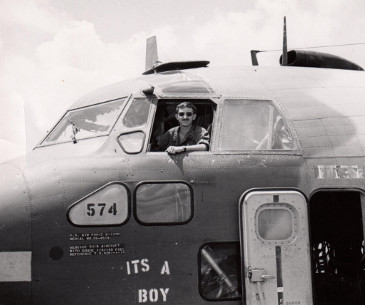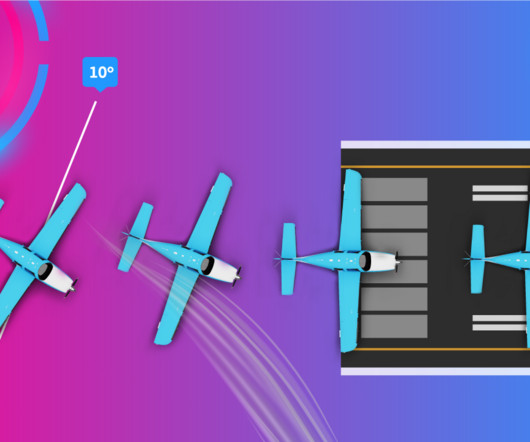The Hazards of Aircraft Icing: Explained
Pilot Institute
NOVEMBER 1, 2024
And ice doesn’t just make things slippery, it messes with the airflow over the wings, cuts down on lift, and ramps up drag. Remember that wings, propeller blades, and tail surfaces are airfoil-shaped. This leads to a serious loss of lift and an increase in drag. If you don’t act quickly, you’ll soon feel its effects.
















Let's personalize your content